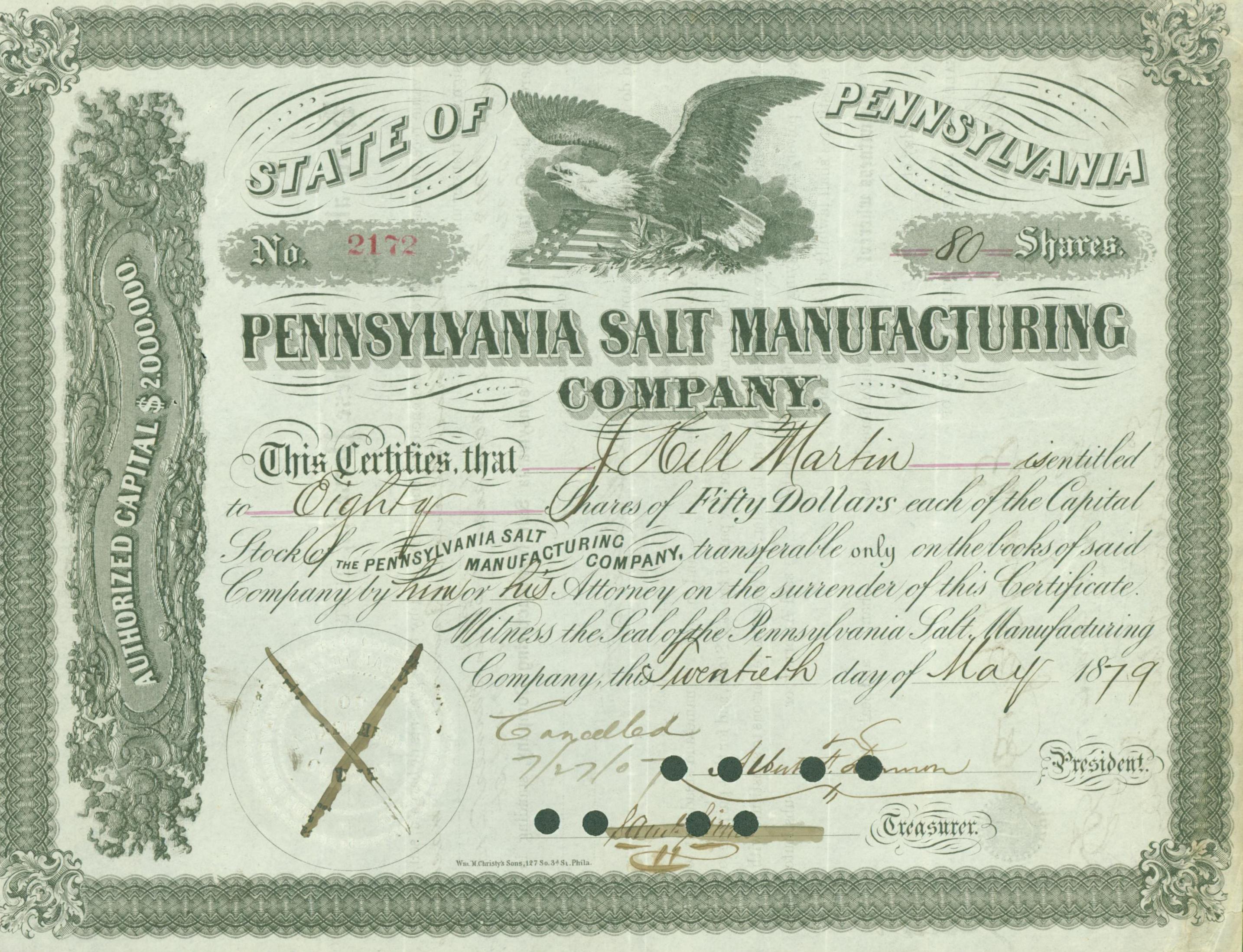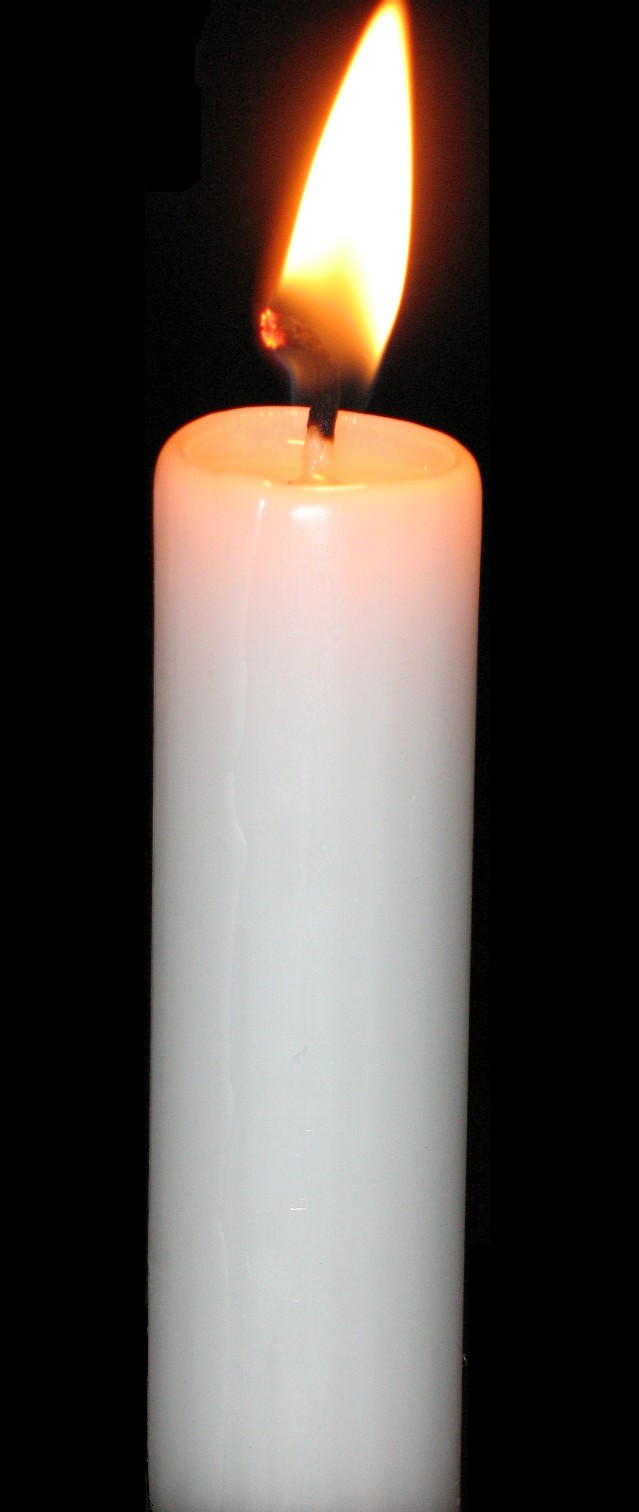|
Nylon 12
Nylon 12 is a nylon polymer with the formula CH2)11C(O)NHsub>n. It is made from ω-aminolauric acid or laurolactam monomers that each have 12 carbons, hence the name ‘Nylon 12’. It is one of several nylon polymers. Synthesis Nylon 12 can be produced through two routes. The first being polycondensation of ω-aminolauric acid, a bifunctional monomer with one amine and one carboxylic acid group. n H2N(CH2)11CO2H → CH2)11CONHsub>n + n H2O The second route is ring-opening polymerization of laurolactam at 260-300˚C. Ring opening can be carried out by cationic or anionic initiators, although cationic initiators have not been used commercially due to the product being less stable and oxidized relatively quickly in comparison to those produced by activated anionic polymerization (monomer casting). Ring-opening polymerization is the preferred route for commercial production. :n CH2)11CONH → CH2)11CONHsub>n Properties Nylon 12 exhibits properties between short chain ... [...More Info...] [...Related Items...] OR: [Wikipedia] [Google] [Baidu] |
Nylon Polymer
Nylon is a generic designation for a family of synthetic polymers composed of polyamides (polymer, repeating units linked by amide links).The polyamides may be aliphatic or Aromaticity, semi-aromatic. Nylon is a silk-like thermoplastic, generally made from petroleum, that can be melt-processed into fibers, Thin film, films, or shapes. Nylon polymers can be mixed with a wide variety of additives to achieve many property variations. Nylon polymers have found significant commercial applications in fabric and fibers (apparel, flooring and rubber reinforcement), in shapes (molded parts for cars, electrical equipment, etc.), and in films (mostly for food packaging). History DuPont and the invention of nylon Researchers at DuPont began developing cellulose based fibers, culminating in the synthetic fiber rayon. DuPont's experience with rayon was an important precursor to its development and marketing of nylon. DuPont's invention of nylon spanned an eleven-year period, ranging ... [...More Info...] [...Related Items...] OR: [Wikipedia] [Google] [Baidu] |
Polyolefin
A polyolefin is a type of polymer with the general formula (CH2CHR)n where R is an alkyl group. They are usually derived from a small set of simple olefins (alkenes). Dominant in a commercial sense are polyethylene and polypropylene. More specialized polyolefins include polyisobutylene and polymethylpentene. They are all colorless or white oils or solids. Many copolymers are known, such as polybutene, which derives from a mixture of different butene isomers. The name of each polyolefin indicates the olefin from which it is prepared; for example, polyethylene is derived from ethylene, and polymethylpentene is derived from 4-methyl-1-pentene. Polyolefins are not olefins themselves because the double bond of each olefin monomer is opened in order to form the polymer. Monomers having more than one double bond such as butadiene and isoprene yield polymers that contain double bonds ( polybutadiene and polyisoprene) and are usually not considered polyolefins. Polyolefins are the foundat ... [...More Info...] [...Related Items...] OR: [Wikipedia] [Google] [Baidu] |
Arkema
Arkema S.A. is a publicly listed, multi-national manufacturer of specialty materials, headquartered in Colombes, near Paris, France. It has three specialty materials segments (or divisions); adhesives, advanced materials and coatings. A further segment covers chemical intermediates. The company was created in 2004, as part of French oil major Total's restructuring of its chemicals business, and floated on the Paris stock exchange in May 2006. Turnover in 2021 was €9.5 billion. Arkema operates in more than 55 countries and has 20,200 employees, 13 research centers and 144 production plants. History Arkema itself was created when French oil major Total restructured its chemicals business in 2004, but the company's roots go back many years. Origin and evolution In 1971, Elf and Total merged their chemical operations into Aquitaine Total Organico (ATO), a joint subsidiary. The same year saw the creation of Produits Chimiques Ugine Kuhlmann (PCUK). The joint venture was ... [...More Info...] [...Related Items...] OR: [Wikipedia] [Google] [Baidu] |
Evonik
Evonik Industries AG is a stock-listed German specialty chemicals company headquartered in Essen, North Rhine-Westphalia, Germany. It is the second largest chemicals company in Germany, and one of the largest specialty chemicals companies in the world. It is predominantly owned by the RAG Foundation and was founded on 12 September 2007 as a result of restructuring of the mining and technology group RAG. Evonik Industries united the business areas of chemicals, energy and real estate of RAG, while mining operations continue to be carried out by RAG. Since then, the energy and real estate business areas have been divested, with no share being held in the former and a minority share still being held in the latter. Its specialty chemicals business generates around 80% of sales in areas in which it holds leading market positions. Evonik Industries employs about 37,000 people and carries out activities in more than 100 countries. The operating activities are organized into six ... [...More Info...] [...Related Items...] OR: [Wikipedia] [Google] [Baidu] |
Marl Chemical Park
Marl Chemical Park (german: Chemiepark Marl) is an industrial park in Marl, North Rhine-Westphalia, Germany. It is the third largest industrial cluster in Germany and among the largest chemical production facilities in Europe. The site occupies over 6 square kilometers, hosts 100 chemical plants, employs 10,000 people, and produces 4 million metric tons of chemicals annually. 18 companies are based in the Park, including primary tenant Evonik Industries AG, which also owns and operates the infrastructure through its subsidiary Infracor GmbH. Originally named Chemische Werke Hüls, the complex was built in 1938 by a consortium led by IG Farben to produce synthetic rubber and other war materials for the Third Reich. By 1942 over 5000 workers' families had relocated into new housing which transformed Marl into a company town. At the height of World War II, the Germans also used slave laborers and prisoners of war at the plant. Allied bombing heavily damaged the site in mid-1943 al ... [...More Info...] [...Related Items...] OR: [Wikipedia] [Google] [Baidu] |
Procter & Gamble
The Procter & Gamble Company (P&G) is an American multinational consumer goods corporation headquartered in Cincinnati, Ohio, founded in 1837 by William Procter and James Gamble. It specializes in a wide range of personal health/consumer health, personal care and hygiene products; these products are organized into several segments including beauty; grooming; health care; fabric & home care; and baby, feminine, & family care. Before the sale of Pringles to Kellogg's, its product portfolio also included food, snacks, and beverages. P&G is incorporated in Ohio. In 2014, P&G recorded $83.1 billion in sales. On August 1, 2014, P&G announced it was streamlining the company, dropping and selling off around 100 brands from its product portfolio in order to focus on the remaining 65 brands, which produced 95% of the company's profits. A.G. Lafley, the company's chairman and CEO until October 2015, said the future P&G would be "a much simpler, much less complex company of leadi ... [...More Info...] [...Related Items...] OR: [Wikipedia] [Google] [Baidu] |
Polyethylene
Polyethylene or polythene (abbreviated PE; IUPAC name polyethene or poly(methylene)) is the most commonly produced plastic. It is a polymer, primarily used for packaging ( plastic bags, plastic films, geomembranes and containers including bottles, etc.). , over 100 million tonnes of polyethylene resins are being produced annually, accounting for 34% of the total plastics market. Many kinds of polyethylene are known, with most having the chemical formula (C2H4)''n''. PE is usually a mixture of similar polymers of ethylene, with various values of ''n''. It can be ''low-density'' or ''high-density'': low-density polyethylene is extruded using high pressure () and high temperature (), while high-density polyethylene is extruded using low pressure () and low temperature (). Polyethylene is usually thermoplastic, but it can be modified to become thermosetting instead, for example, in cross-linked polyethylene. History Polyethylene was first synthesized by the German chemist Hans ... [...More Info...] [...Related Items...] OR: [Wikipedia] [Google] [Baidu] |
Paraffin Wax
Paraffin wax (or petroleum wax) is a soft colorless solid derived from petroleum, coal, or oil shale that consists of a mixture of hydrocarbon molecules containing between 20 and 40 carbon atoms. It is solid at room temperature and begins to melt above approximately , and its boiling point is above . Common applications for paraffin wax include lubrication, electrical insulation, and candles; dyed paraffin wax can be made into crayons. It is distinct from kerosene and other petroleum products that are sometimes called paraffin. Un-dyed, unscented paraffin candles are odorless and bluish-white. Paraffin wax was first created by Carl Reichenbach in Germany in 1830 and marked a major advancement in candlemaking technology, as it burned more cleanly and reliably than tallow candles and was cheaper to produce. In chemistry, ''paraffin'' is used synonymously with ''alkane'', indicating hydrocarbons with the general formula C''n''H2''n''+2. The name is derived from Latin ''parum'' (" ... [...More Info...] [...Related Items...] OR: [Wikipedia] [Google] [Baidu] |
Polyamide
A polyamide is a polymer with repeating units linked by amide bonds. Polyamides occur both naturally and artificially. Examples of naturally occurring polyamides are proteins, such as wool and silk. Artificially made polyamides can be made through step-growth polymerization or solid-phase synthesis yielding materials such as nylons, aramids, and sodium polyaspartate. Synthetic polyamides are commonly used in textiles, automotive industry, carpets, kitchen utensils and sportswear due to their high durability and strength. The transportation manufacturing industry is the major consumer, accounting for 35% of polyamide (PA) consumption. Classification Polymers of amino acids are known as polypeptides or proteins. According to the composition of their main chain, synthetic polyamides are classified as follows: All polyamides are made by the formation of an amide function to link two molecules of monomer together. The monomers can be amides themselves (usually in the form of a cycli ... [...More Info...] [...Related Items...] OR: [Wikipedia] [Google] [Baidu] |
Nylon 66
Nylon 66 (loosely written nylon 6-6, nylon 6/6, nylon 6,6, or nylon 6:6) is a type of polyamide or nylon. It, and nylon 6, are the two most common for textile and plastic industries. Nylon 66 is made of two monomers each containing 6 carbon atoms, hexamethylenediamine and adipic acid, which give nylon 66 its name. Aside from its superior physical characteristics, nylon 66 is attractive because its precursors are inexpensive. Synthesis and manufacturing Hexamethylenediamine (top) and adipic acid (bottom), monomers used for polycondensation of Nylon 66. Nylon 66 is synthesized by polycondensation of hexamethylenediamine and adipic acid. Equivalent amounts of hexamethylenediamine and adipic acid are combined in water. In the original implementation, the resulting ammonium/carboxylate salt was isolated and then heated either in batches or continuously to induce polycondensation.n(HOOC - (CH2)4 - COOH) + n(H2N - (CH2)6 - NH2) -> OC - (CH2)4 - CO - NH - (CH2)6 - NH - n + (2n - 1 ... [...More Info...] [...Related Items...] OR: [Wikipedia] [Google] [Baidu] |
Laurolactam
Laurolactam is an organic compound from the group of macrocyclic lactams. Laurolactam is mainly used as a monomer in engineering plastics, such as nylon-12 and copolyamides.T. Schiffer, G. Oenbrink: ''Cyclododecanol, Cyclododecanone, and Laurolactam.'' In: ''Ullmann's Encyclopedia of Industrial Chemistry.'' Wiley-VCH, Weinheim 2002, . Synthesis Although a derivative of 12-aminododecanoic acid, it is made from cyclododecatriene. The triene is hydrogenated to the saturated alkane, cyclododecane. For the production of laurolactam, cyclododecane is oxidized with air or oxygen in the presence of boric acid and transition metal salts (e.g. cobalt(II) acetate), obtaining a mixtureH.-J. Arpe: ''Industrielle Organische Chemie.'' 6., vollst. überarb. Aufl., Wiley-VCH Verlag, Weinheim, 2007, . of cyclododecanol and cyclododecanone. This mixture is quantitatively dehydrogenated on a copper contact catalyst to cyclododecanone and this reacted with hydroxylamine to cyclododecanone oxime. The o ... [...More Info...] [...Related Items...] OR: [Wikipedia] [Google] [Baidu] |







